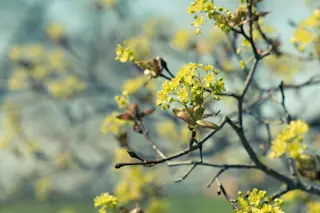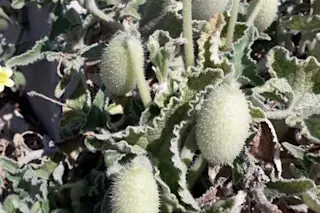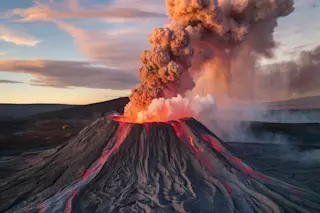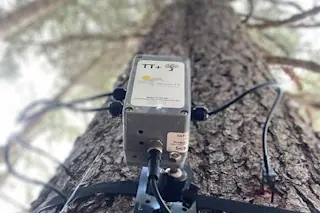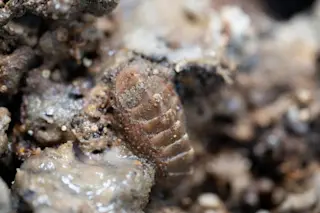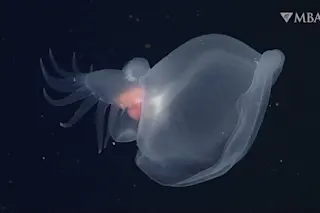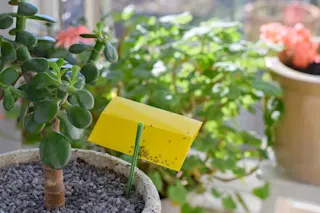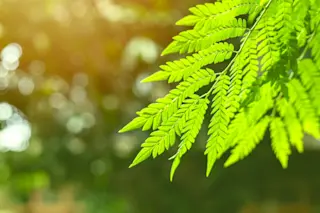(Credit: Andris Tkacenko/Shutterstock) When cities light up the night, it confuses the trees. In places where night-time light pollution is at its worst, trees burst into bloom a week earlier than trees rooted under dark skies, according to a 13-year study from researchers at the University of Exeter in the United Kingdom. Ringing in spring earlier in urban areas could have important ramifications for entire ecosystems, as changes in tree health send ripples throughout local food chains.
For trees, timing the budding process perfectly helps them take full advantage of bountiful summer sunlight to store energy, eventually shedding their foliage when the cost of hanging on to their leaves becomes greater than the energy they receive from them. Bursting buds too early risks frost damage, too late, and they miss out on valuable sunlight. It was already known that changes in temperature, such as those caused by "urban heat islands," ...


